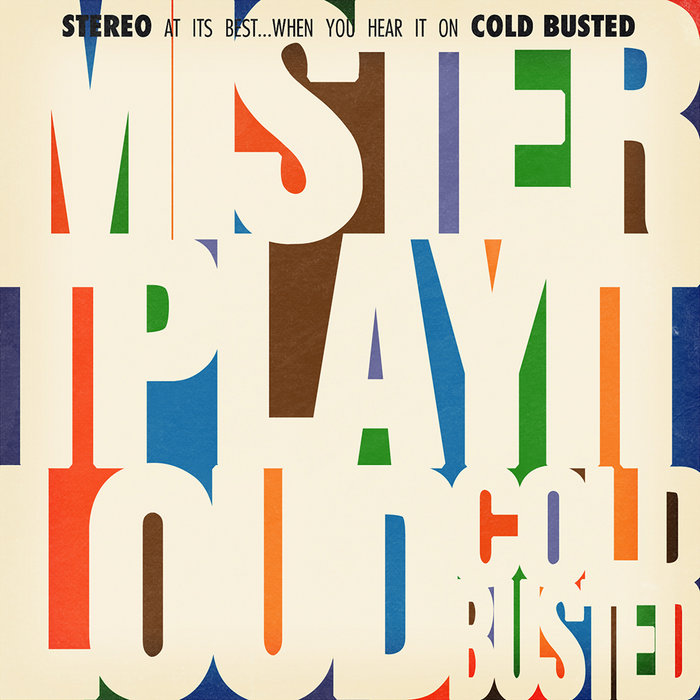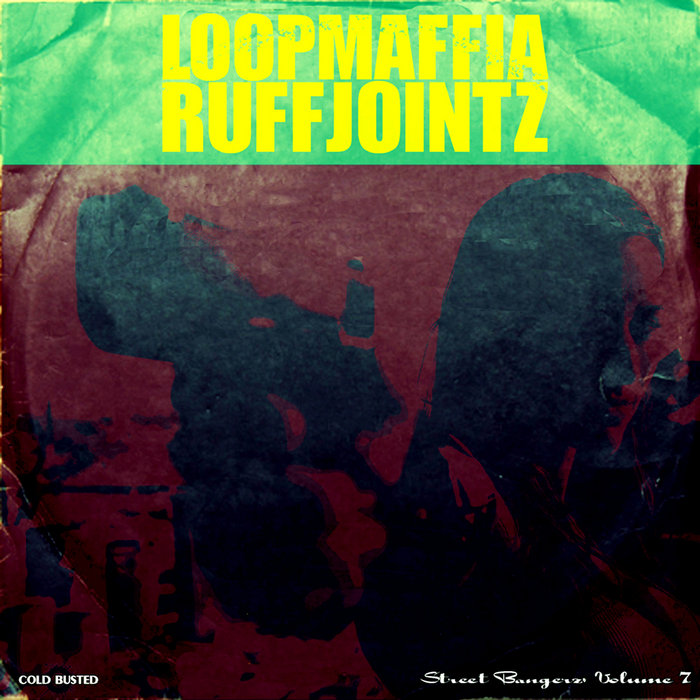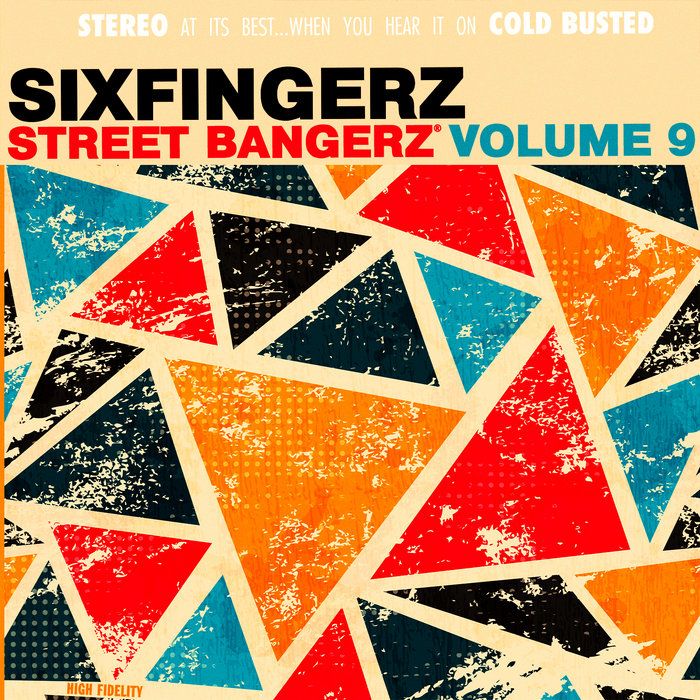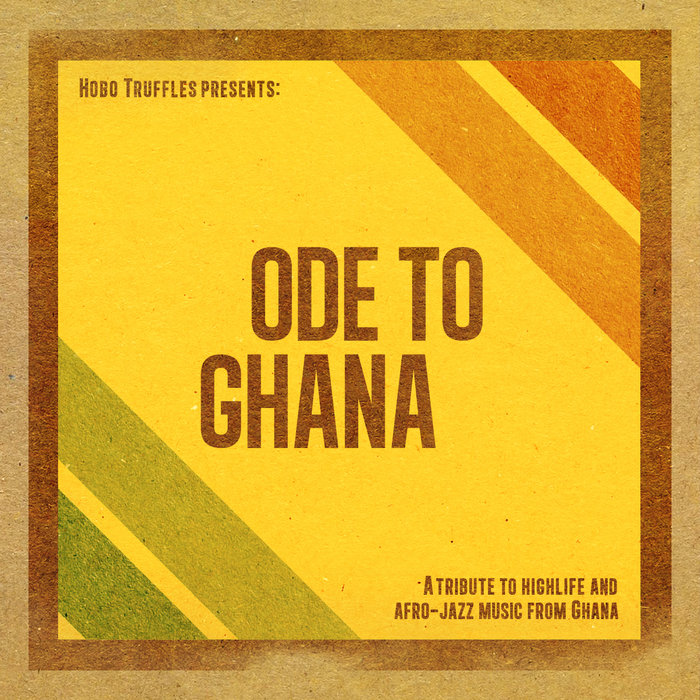
Lost Soul Files – Kolaps
this blog is GROOVY – check out great Soul, Funk, Jazz, Hip Hop, Bass, Breaks , Reggae, House n many more TUNES
Hey there, music lovers! Grab your headphones and get ready to groove as we dive into the history of instrumental music. This genre has a vibe that’s all its own—no lyrics needed, just pure rhythm and soul. Let’s kick back and explore how instrumentals have shaped the soundscape over the years.
Instrumental music isn’t just a modern jam; it dates back centuries. Picture this: ancient civilizations using flutes made from bones or drums carved out of tree trunks. Fast forward to the Renaissance when composers like Palestrina were setting down some serious instrumental vibes with their lush harmonies.
Then came the Baroque period in the 1600s, where musical genius Johann Sebastian Bach laid down those intricate melodies on harpsichords and violins. His iconic Brandenburg Concertos are still celebrated today as symphonic masterpieces that illustrate how powerful instrumentals can be without saying a single word!
Jumping into the early 20th century, jazz emerged as an unstoppable force fueled by improvisation and expressive solos. Musicians like Louis Armstrong blew minds (and trumpets) while Duke Ellington’s big bands filled dance halls with bewitching tunes that got everyone’s feet tapping.
Funny fact alert: In one gig, legendary saxophonist Charlie Parker was so absorbed in his solo that he literally played right off stage—smashing his horn against something backstage! But hey, when you’re feeling it, you just gotta let loose!
As we cruised through the ’50s and ’60s, rock n’ roll took center stage—even if lyrics started to dominate more than ever before. But don’t sleep on those iconic instrumental pieces! Think about surf rock legends like Dick Dale killing it with “Misirlou,” which became super famous thanks to Pulp Fiction.
And let’s not forget about Jimmy Page and Led Zeppelin! Their “Moby Dick” features one gigantic drum solo that could wake up even the laziest listener—and funnily enough, it was famously timed so that drummer John Bonham had time for a power nap during live shows!
The ‘70s ushered in synthesizers that electrified previously analog sounds into new realms. Artists started experimenting more than ever—the result? Epic grooves perfect for dancing or chilling out at home. Enter artists like Vangelis with Blade Runner‘s haunting score or Jean-Michel Jarre’s mind-blowing electronic jams.
Here’s a quirky tidbit: did you know Gary Numan used an old car battery as part of his synth setup? Talk about pushing boundaries—Numan turned creating otherworldly sounds into an art form while keeping things practical (sorta)!
Fast-forward to hip hop’s golden age in the ’80s where heavy sampling created incredible beats featuring all sorts of looped instrumentals from funky grooves that’ll make you shake your booty to smooth jazz tones perfect for chillaxing on your couch.
And who can forget DJ Shadow revolutionizing hip hop instrumentals? His album Endtroducing….. is known as one of the first fully sampled albums crafted entirely from samples—but here’s what makes him cool: he recorded everything late-night at home—or should I say “midnight oil burning”? Just picture DJ Shadow jamming out alone till dawn making beats we’d all later bounce our heads along to!
Today? Instrumental music is everywhere—from movie scores filling theaters (shoutout Hans Zimmer!) to lo-fi beat channels helping students pump out homework vibes effortlessly online—you’re likely listening without even realizing sometimes! Lo-fi has become such an aesthetic unto itself; it’s basically its own vibe now—a cozy little corner snugged away within our playlists across streaming platforms.
Also worth mentioning are contemporary bands like Explosions In The Sky whose captivating soundscapes turn whole albums into epic journeys without uttering a single lyrical syllable; these guys make emotions soar purely through instrumentation—it doesn’t get much cooler than this!
Let us end on another light note: Did you know Brian Eno once remarked he liked creating ambient music because “you cannot listen too closely”? It’s true; Eno designed audio experiences meant as background notes intended for people who might not pay full attention—yet they found themselves spellbound anyway… Genius level unlocked?
So there ya have it—a groovy ride through instrumental history packed full of rhythmic richness despite lacking lyrics’ charm! With each decade spinning unique tales intertwined with creativity measured by melody instead of words…it confirms something vital about why we love all sounds deeply rooted yet fresh every time they grace our speakers again… Keep groovin’, folks! 🎶✨

Lost Soul Files – Kolaps

The Blank Canvas – Nu Vintage
![kevatta – Bckstroke [ep]](https://le-groove.de/wp-content/uploads/2021/06/kevatta-Bckstroke-ep.jpg)
Bckstroke [ep] – kevatta

Play It Loud – Mister T.

Street Bangerz Volume 7: RuffJointz – LoopMaffia

Street Bangerz Volume 9 – Sixfingerz

Unfnshd EP – Jamevu

Ode To Ghana – Hobo Truffles

Instrumentals – Schadillac